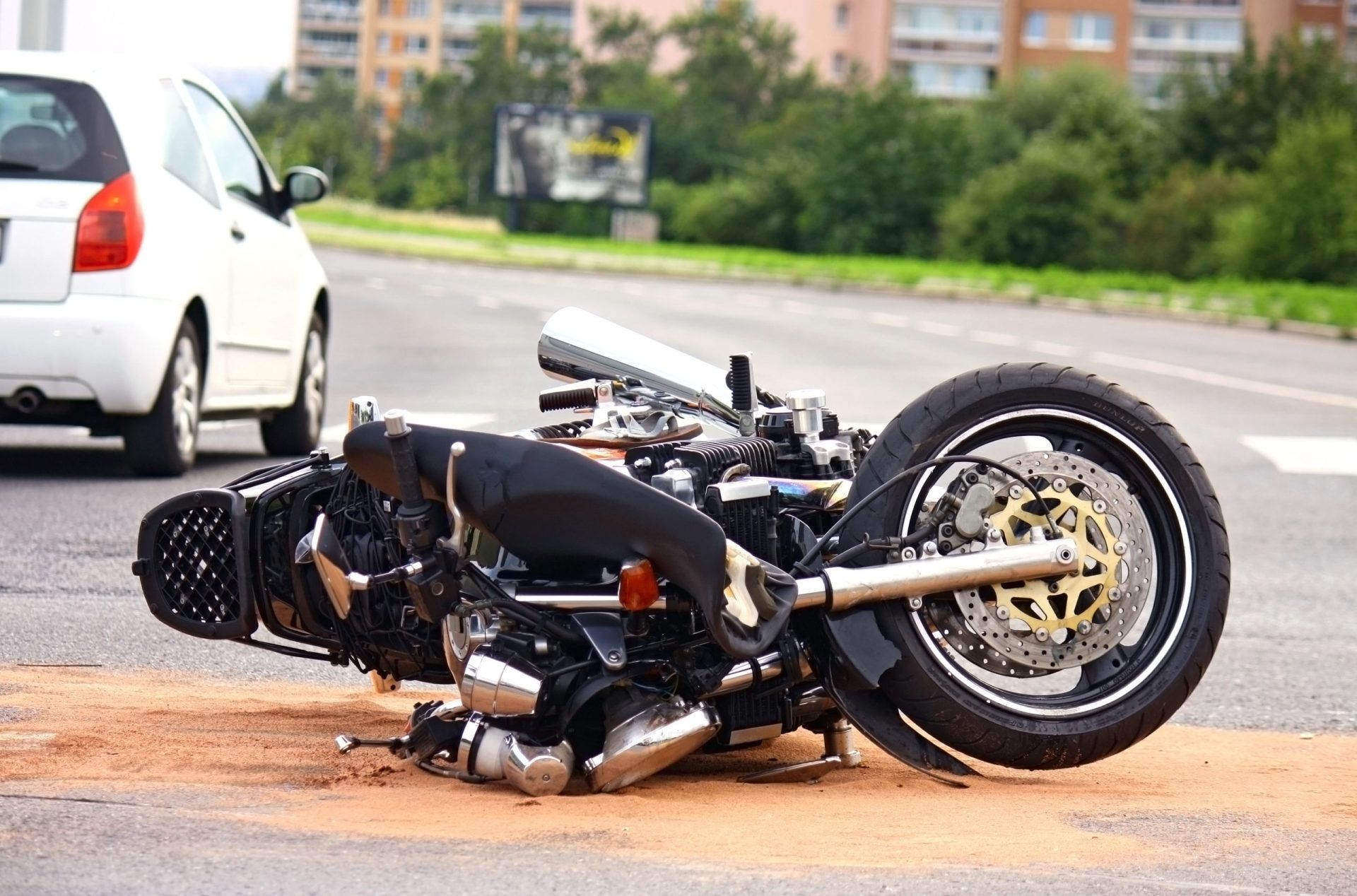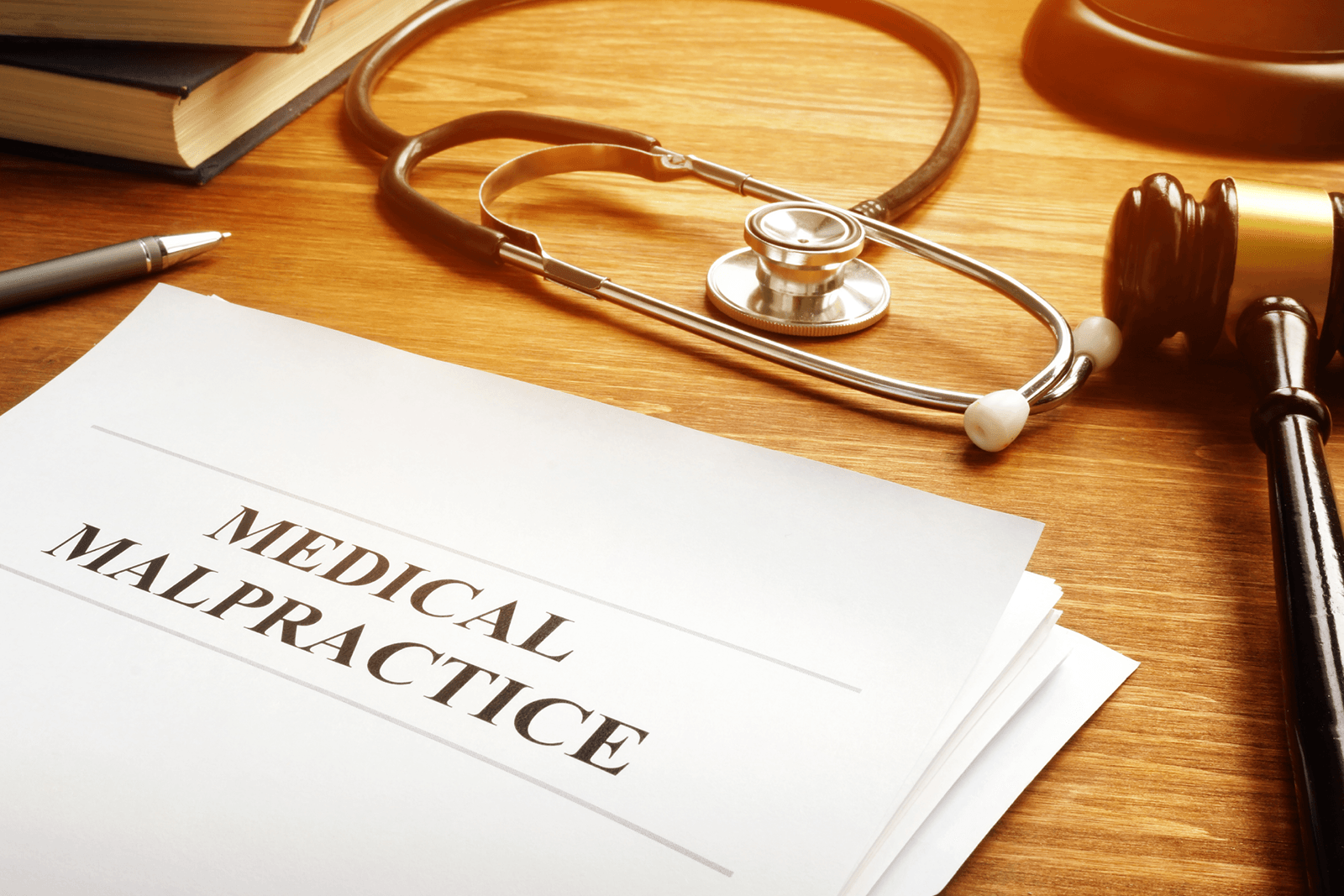Types of Auto Accidents and How to Prevent Them
Automobile accidents are a daily occurrence throughout the nation and particularly in the Chicago area. Even the most cautious drivers can be involved in a collision, and in truth, many motorists are not as careful as they should be.
Each year, around 6,000,000 car accidents occur in the United States leading to approximately 3,000,000 injuries. Each day sees over 90 people die as a result of these accidents. Chances are high that you will be involved in a crash at some point in your life. As someone who travels the country’s roads, it’s important that you understand the types of accidents you could be involved in and how to avoid them.
COMMON ACCIDENT TYPES
Accidents have many causes but they tend to fall into only a few categories. Unfortunately, distracted driving contributes to all types of vehicle accidents. Talking and texting on the phone may be illegal, but many drivers still take part in these activities. Driving with children, looking down at the floorboards or rummaging in a bag can also deflect your attention from the road and lead to a collision. The best way to avoid an accident is to keep your full attention on the road at all times. Even then, another driver can run into your vehicle.
REAR-END ACCIDENTS
Rear-end accidents are one of the most common types of collisions, comprising 29% of all traffic incidents. These incidents have multiple causes but are often the result of tailgating or distracted driving. Many people involved in these collisions were not looking at the road when they plowed into the back of another car.
To avoid these accidents, remember the two-second rule. At a minimum, you should be following two-seconds behind the vehicle in front of you. You can determine this spacing by picking out a landmark and counting the seconds between the car ahead passing it and your vehicle passing it. The time should be extended during difficult driving conditions. Sometimes, three or even four seconds is a safer margin.
SLOW-MOTION ACCIDENTS
These accidents occur at a very low speed, often under 10 miles per hour, and usually cause only minor vehicle damage. Of course, these days, even minor damage can be quite expensive to repair. Most occur in parking lots and involve one moving motor vehicle versus one stationary one. Sometimes, two cars may collide while hurrying toward that one choice slot right in front of the store. These accidents are often caused by moving too fast in the parking lot and not checking the view in all directions.
To avoid these accidents, take your time in parking lots and make certain to pull out of slots slowly. Many cars are at least partially obscured by other vehicles in parking lots, making it easy to collide with them. When in doubt, defer to other drivers. Losing a little time is preferable to spending hours with insurance claims because you battled it out over a space at the dentist.
HYDROPLANING
Rainstorms and melting snow can easily lead to accidents. Wet roads can cause your vehicle to hydroplane, which means that the tread of your tires cannot maintain contact with the road and end up riding on a layer of water instead. This effect can easily cause you to lose control of your vehicle. Hydroplaning is a common issue during severe weather, especially if you are driving too fast for conditions.
You can reduce your chance of hydroplaning by decreasing your speed when the pavement is wet. If you feel the car hydroplane, let up on the gas but do not step hard on the brakes. Gently apply pressure until you feel payment under the tread and you have control again.
SIDE-IMPACT ACCIDENTS
These collisions are also known as T-bone accidents for the shape the two cars make after the collision. One car plows into the side of another, often causing serious bodily harm as well as extreme car damage. Usually, these incidents happen at 4-way intersections. These accidents often occur due to inattention or someone trying to “beat” a yellow light. At four-way stops, they may result from confusion about whose turn it is to proceed. In any case, intersections are a prime spot for accidents.
Avoiding these accidents requires paying close attention, particularly when you are at an intersection. Do not try and beat a yellow light since that can put you in the intersection during a light change and at the mercy of an oncoming car. At a four-way stop, don’t do battle with a pushy neighbor even if it is your turn to go through. Asserting your right-of-way isn’t worth chancing an accident.
WG LAW GROUP
Anyone can be in a vehicle collision, especially Illinois drivers who have to deal with challenging driving conditions every day. The city streets and the rural roads both lend themselves to accidents. If you are involved in a car accident in Illinois, you may need the services of an experienced personal injury attorney.
You will find one at WG Law Group. Their legal experts will advise you on the best course of action following your collision.
WG Law Group has dealt with thousands of traffic accidents, including those caused by distracted driving, hydro-planing and intersection confusion. They take a personal interest in your case and guide you through the legal process. These attorneys work tirelessly to get the best resolution possible for your situation.
They invite you to take advantage of their free consultation and remind you that they never charge a fee until they win a settlement for you. You can contact them today at by calling 312-334-6875 for the WG Law Group Michigan Avenue location and 815-730-7535 for their Shorewood office. Be certain to get the legal help you need!
The content of this blog is intended for informational purposes only and does not constitute or establish an attorney-client relationship, nor constitute legal advice. If you wish to discuss any further aspect of the material contained herein, please contact an attorney at Whiteside & Goldberg, Ltd.





